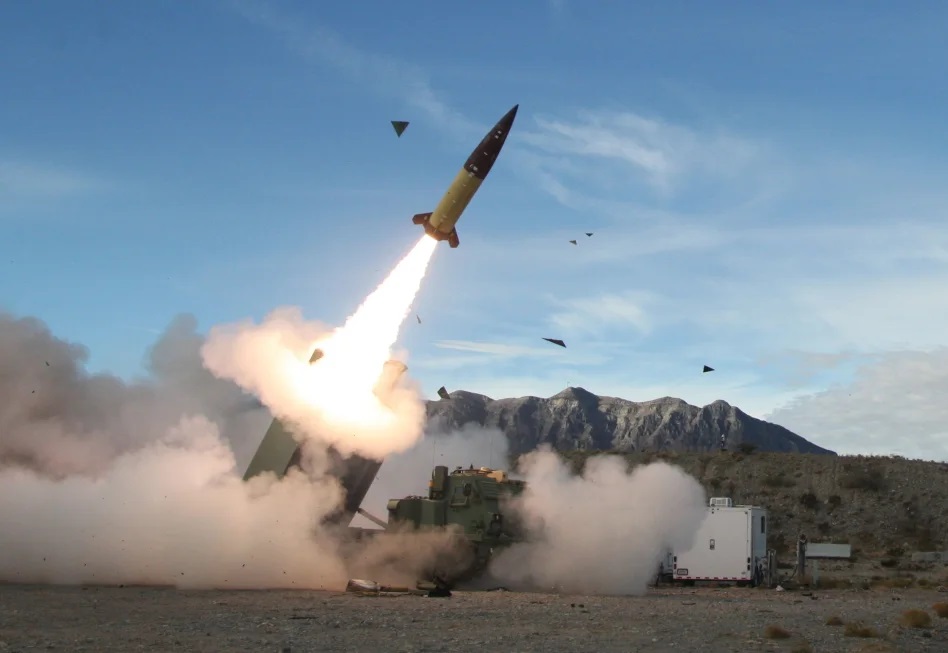The programme sets goals for the European Union to deploy an EU satellite constellation called ‘IRIS²’ (Infrastructure for Resilience, Interconnectivity and Security by Satellite). IRIS² will provide ultra-fast (low latency) and highly secure communication services by 2027. The security of these communications will be based on advanced encryption technologies, including quantum cryptography, a method that uses the properties of quantum mechanics to secure and transmit data in a way that cannot be hacked.
Governments will benefit from this space-based communication system for services like protection of critical infrastructure, surveillance, support for external action or crisis management, thereby helping to improve the EU’s resilience and sovereignty.
Increasing communication security
The programme contributes to the EU digital transition and to the EU’s global gateway strategy, since it can provide secure connectivity over geographical areas of strategic interest beyond the European borders, such as the Arctic region or Africa.
Having a satellite-based communication system can also ensure fast and secure communication services even where terrestrial communication networks have been disrupted, for instance by natural disasters, terrorism or cyberattacks.
An integrated system
The system includes new infrastructure to be built through the award of contracts. The concessionaire(s) should also provide the resources for commercial services, thereby ensuring that technological advances and their use by governments are one of the drivers of innovation and wider commercialisation in the Union.
The programme reinforces the competitiveness of EU satellite communication services through an innovative project led by the EU Agency for the Space Programme (EUSPA) and involving a range of partners including the member states, the European space agency (ESA) and private companies.
Background
On 15 February 2022, the Commission presented a proposal for a regulation establishing the Union secure connectivity programme for 2023-2027. Following interinstitutional negotiations, the European Parliament and the Council reached a provisional political agreement on 17 November 2022.
This programme is particularly important for low orbits. Currently, low orbits are increasingly occupied by third-country mega-constellations, with EU operators facing challenges due to the capital-intensive nature of such projects.
This new project will promote synergies with the other components of the EU space programme, such as Galileo (satellite navigation) and Copernicus (Earth observation), and with space situational awareness capacities. It builds on the European Union Governmental Satellite Communications (GOVSATCOM), which is also a component of the EU space programme.
The programme has a budget of €2.4 billion, part of which comes from different envelopes including the EU space programme, Horizon Europe and the Neighbourhood Development and International Cooperation Instrument – Global Europe (NDICI).
Next steps
Following the Council’s approval today of the European Parliament’s position, the legislative act has been adopted.
After being signed by the President of the European Parliament and the President of the Council, the regulation will be published in the Official Journal of the European Union and will enter into force on the third day following its publication.

























